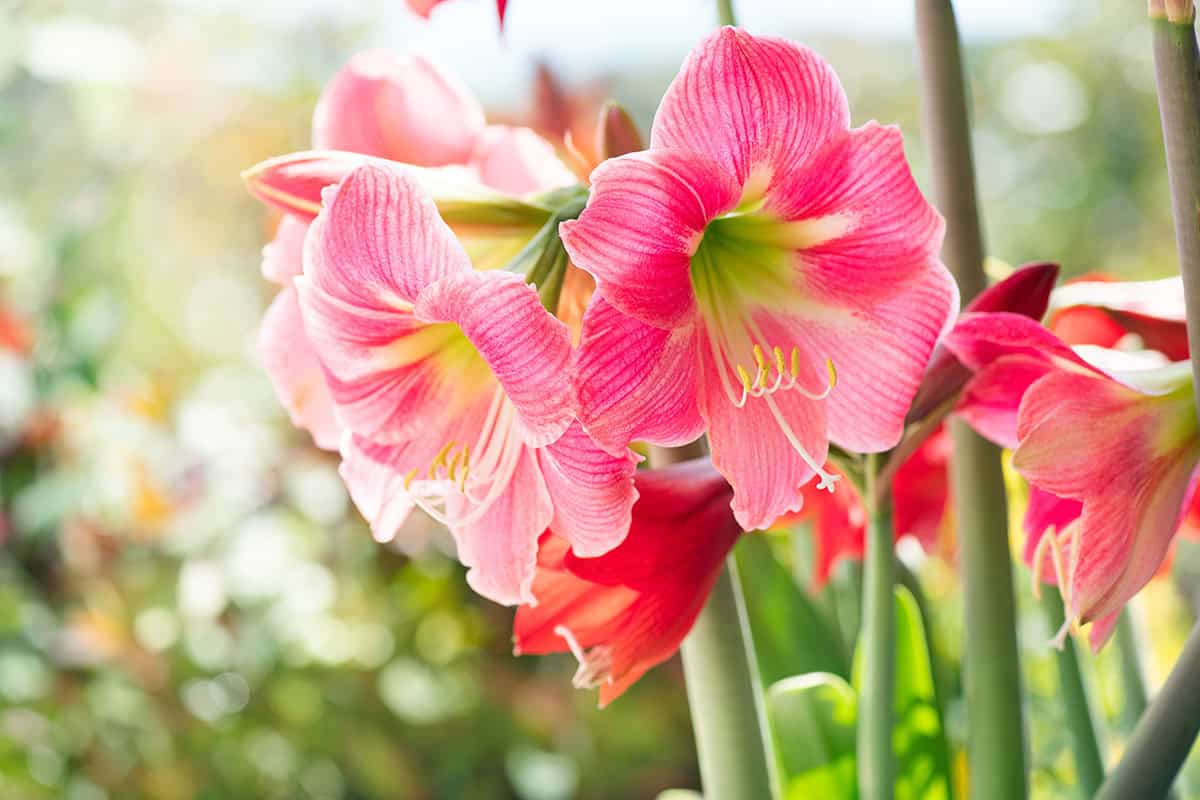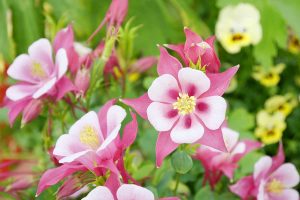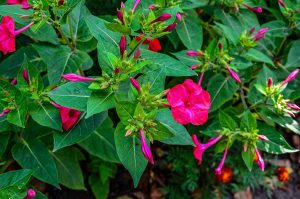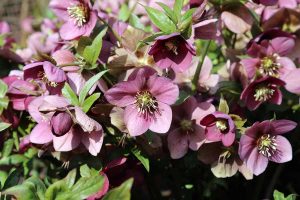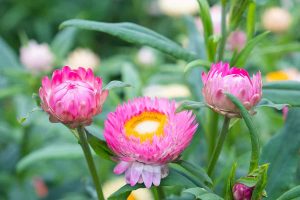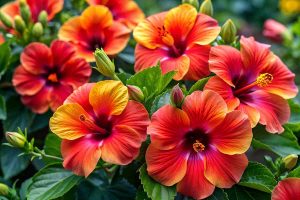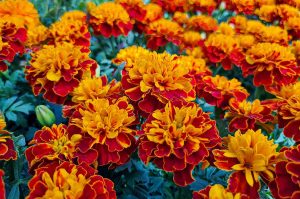If you think winter means saying goodbye to flowers, think again. From cheerful pansies to elegant hellebores, there are plenty of options to keep your garden vibrant. Let’s explore the best ones for the season.
Table of Contents
Flowers To Plant In Winter
Colder months open up a different palette—think flowers that don’t mind less light and chilly soil. Some of these guys add not just color but also scent and shape, keeping things interesting when almost nothing else is around.
Pansies
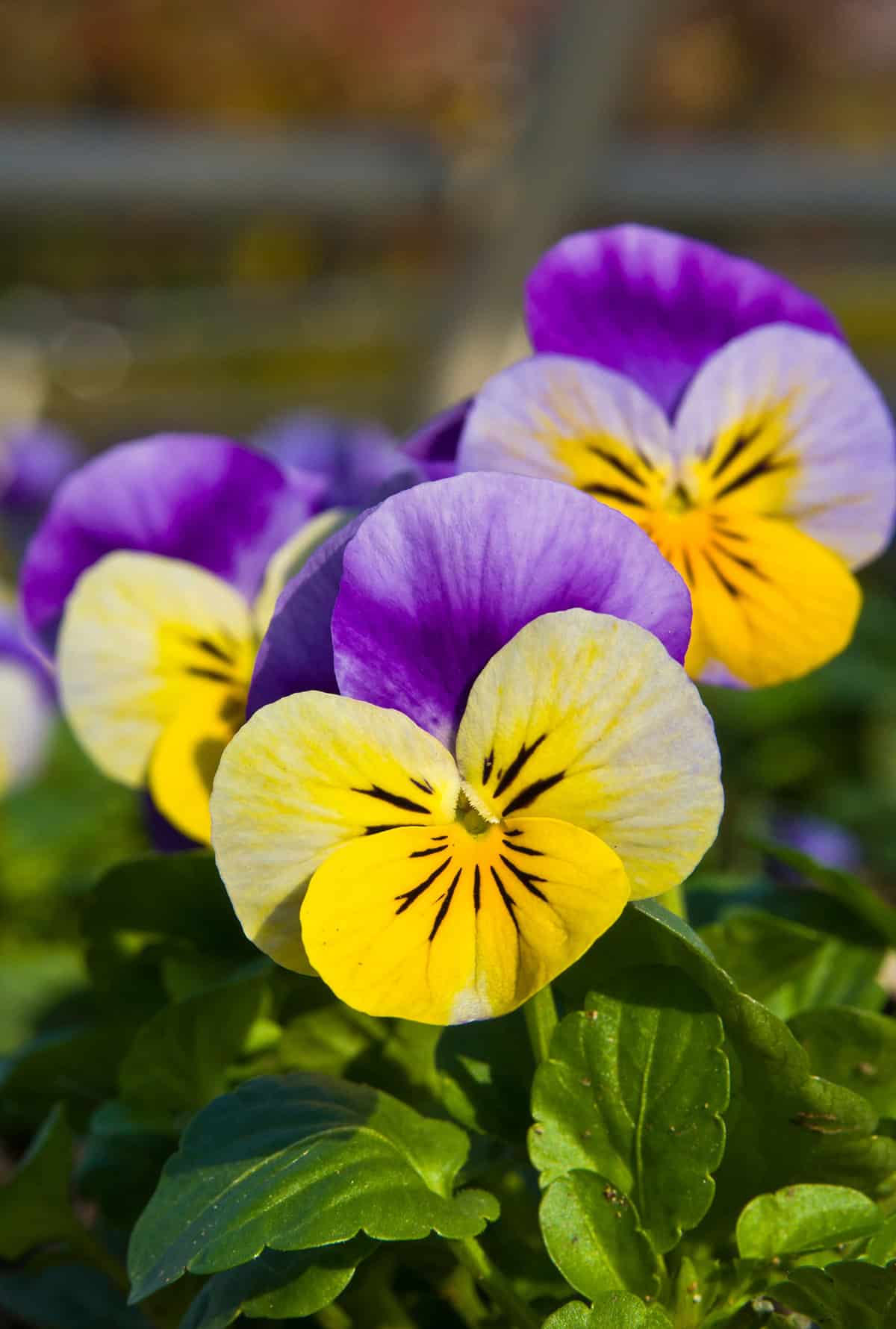
Pansies are about as reliable as it gets for winter color. Frost? Light snow? Not a problem. They’re a staple for chilly beds or pots.
There’s a huge range, from deep purple to sunny yellow, and even some wild bi-colors. Their faces are hard to miss against the winter backdrop.
Stick them in well-drained soil, somewhere with at least a bit of sun. Deadhead to keep the show going. In warmer spots, they’ll hang on right into spring.
Violas
Violas are like pansies’ little cousins—smaller blooms, but they’re absolutely packed with flowers and handle the cold like champs. Great for lining a path or stuffing into containers.
The flowers come in blues, purples, yellows, and whites. They tend to self-seed, so don’t be surprised if you spot them again next year.
Cool temperatures are their thing, so toss them in the ground in fall for the best winter display.
Snapdragons
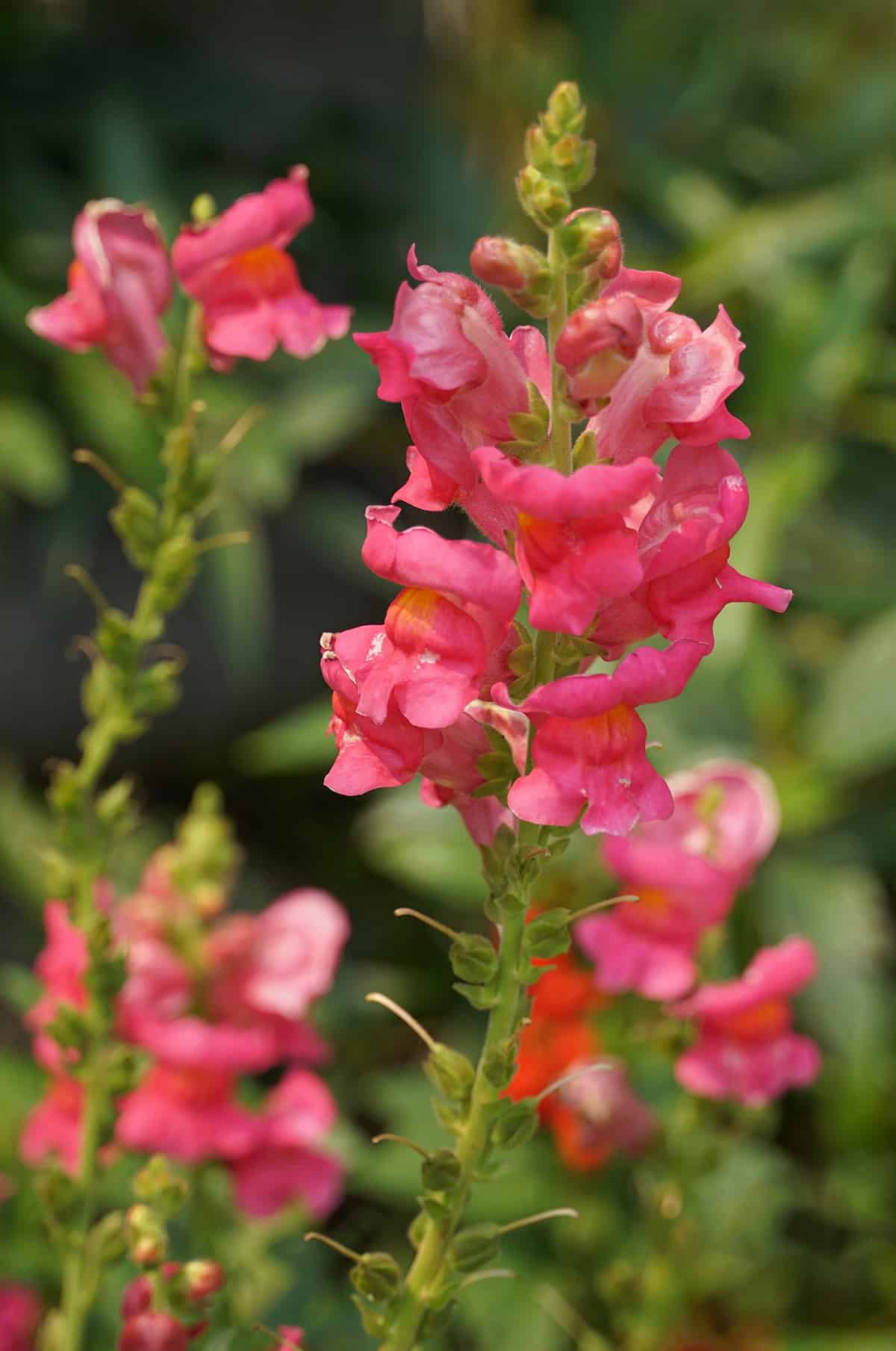
Snapdragons actually prefer cooler weather over blazing summer heat. Those tall spikes break up the monotony of flat winter beds.
Colors go from soft pastels to fire engine red and orange. Dwarf types are perfect for pots, but the tall ones are awesome for cutting.
They want full sun and good soil. Pinch them back early on for bushier plants. In milder areas, they’ll keep blooming into late spring.
Sweet Alyssum
Sweet alyssum is all about those tiny, honey-scented flowers. It creeps along the ground, filling gaps and softening edges.
White is the classic, but you’ll find lavender and pink too. The white really pops against winter greens.
It grows fast from seed and loves the cold. Give it a trim now and then to keep it tidy and blooming.
Calendula
Calendula (pot marigold) brings cheerful yellows and oranges to the party. Bonus: the petals are edible, so you can toss them on salads or into tea.
It’s not fussy about cool weather and shrugs off light frost. Full sun is best, though it’ll tolerate some shade.
Deadheading helps it keep flowering. Once it gets hot, it usually winds down.
Cyclamen
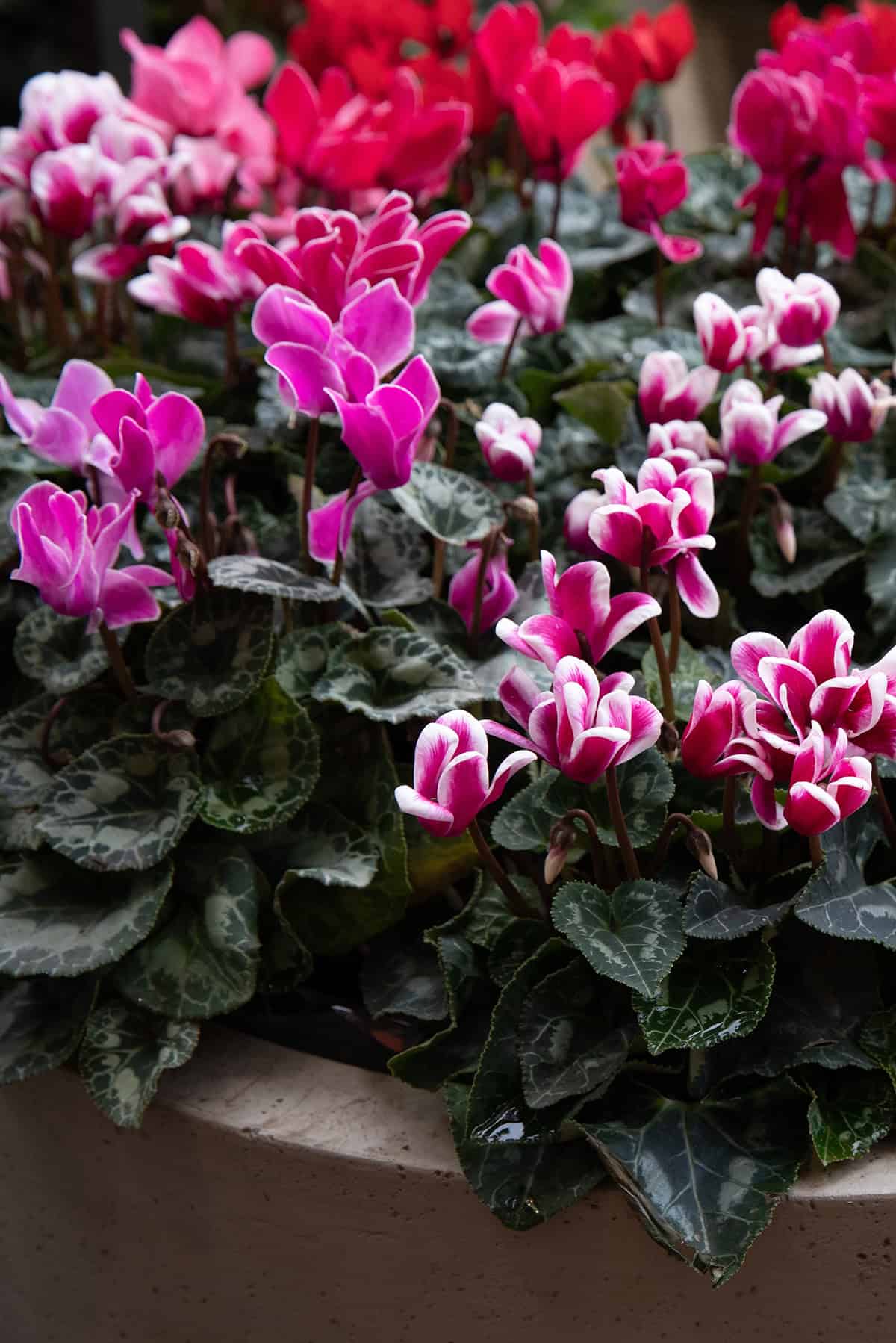
Those quirky, upswept petals and marbled leaves make cyclamen a winter favorite. Blooms range from white to deep pink and red, right when most things are dormant.
Partial shade and moist, well-drained soil are key. Don’t overwater—let the soil dry out a bit between drinks.
Often grown in pots indoors or on patios. If you treat them right, they’ll come back for years.
Primroses
Primroses are some of the earliest to bloom, with clusters of flowers above tidy green leaves.
Vivid reds, blues, yellows—sometimes with contrasting centers. The color range is wild.
They want partial shade and rich, moist soil. Keep them watered and deadhead for longer bloom.
Hellebores
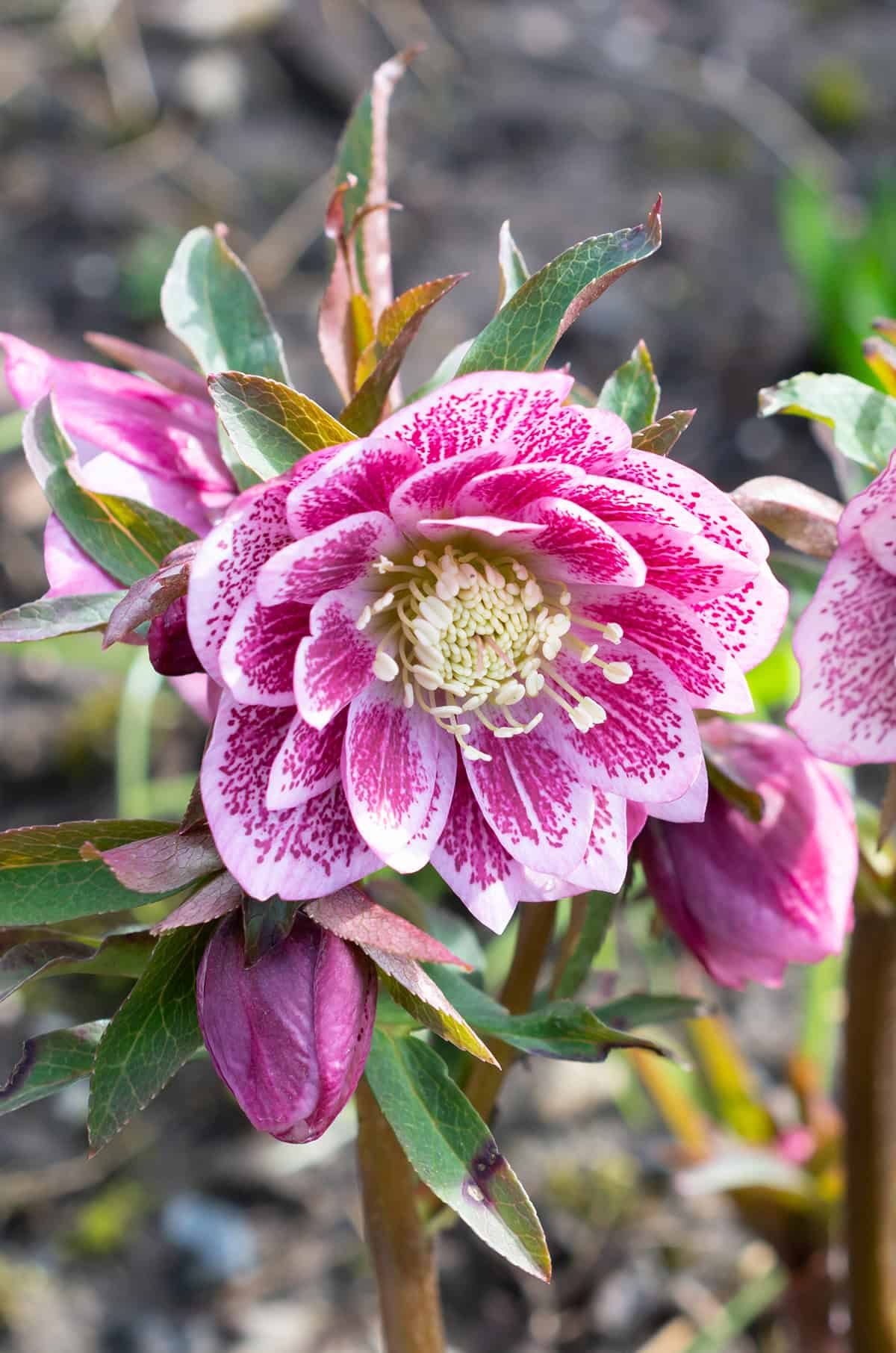
Lenten roses (hellebore) bloom in the dead of winter, with nodding flowers in white, pink, purple, and even green.
They do well in shade with rich, well-drained soil and, once they’re settled, don’t need much fussing over.
Evergreen in many places, so you get foliage all year. They get bigger and better over time.
Ornamental Kale & Cabbage
If you’re after bold foliage, ornamental kale and cabbage are hard to beat. Ruffled leaves in shades of purple, pink, and white steal the show.
Cold snaps actually make their colors brighter. They’ll handle frost and snow without missing a beat.
Full sun and well-drained soil are all they ask. They look fantastic mixed with pansies or violas.
Stock (Matthiola)
Stock is a treat for the nose—clusters of fragrant flowers in white, pink, and purple, with the scent strongest at dusk.
Cool weather suits it best. Tall types for cutting, dwarfs for pots.
Needs sun and fertile, well-drained soil. Deadhead to keep the blooms coming.
Camellias
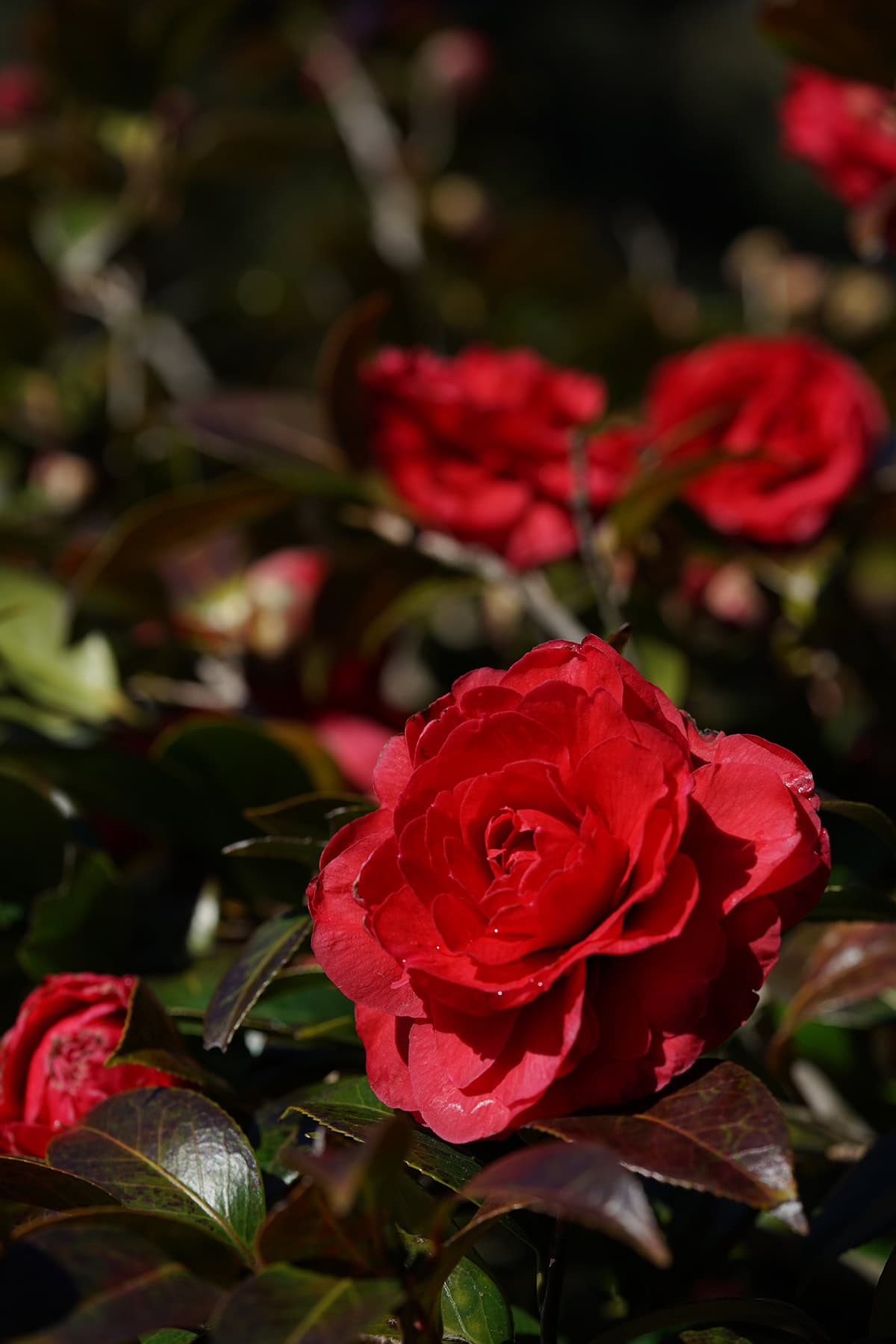
Camellias are glossy-leaved evergreens that burst into bloom just when you need it most. Flowers can be white, pink, or deep red, single or double.
They can grow pretty big, but you can keep them compact if you want. Acidic soil, partial shade, and steady moisture keep them happy.
Given the right spot, they’ll stick around for decades.
Winter Jasmine
Winter jasmine brings out its bright yellow flowers on bare stems, sometimes before anything else dares to bloom.
Arching branches look great along fences or walls. No scent, but the color is unbeatable in winter.
Full sun or a bit of shade is fine. Once it’s going, you barely have to touch it except for the occasional prune.
Paperwhites
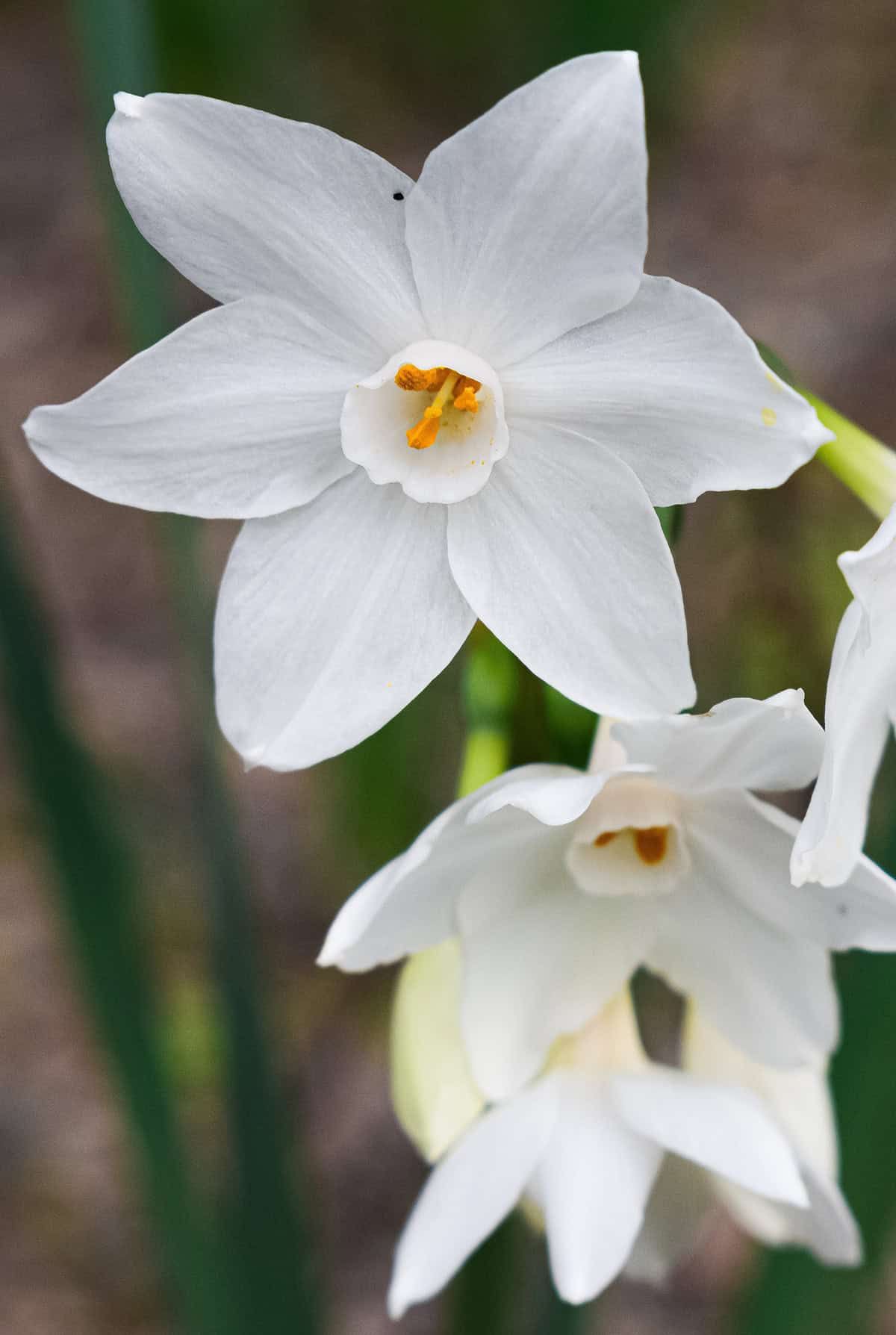
Paperwhites are a type of narcissus that’s usually grown indoors for a hit of winter fragrance. Their white blooms come in bunches and really fill a room with scent.
Plant them in soil or just set them atop pebbles with water. They’re quick—often blooming just weeks after planting.
Not built for outdoor winter in most places, but indoors, they’re a seasonal classic.
Amaryllis
Amaryllis is the go-to for dramatic, trumpet-shaped blooms indoors over the holidays. Red, pink, white, stripes—you name it.
Bulbs are easy: pot them up, water sparingly at first, then more as the stalk grows.
Leaves keep going after the flowers fade. With a little care, you can get them to rebloom year after year.
Iceland Poppies
Iceland poppies are delicate but tough, with papery petals in white, yellow, orange, and pink. They’re happiest in cool weather.
Full sun and good drainage are musts. They’ll fizzle out in heat, so enjoy them in winter and early spring.
Deadhead for more flowers. Lovely in borders or as cut blooms.
Wallflowers
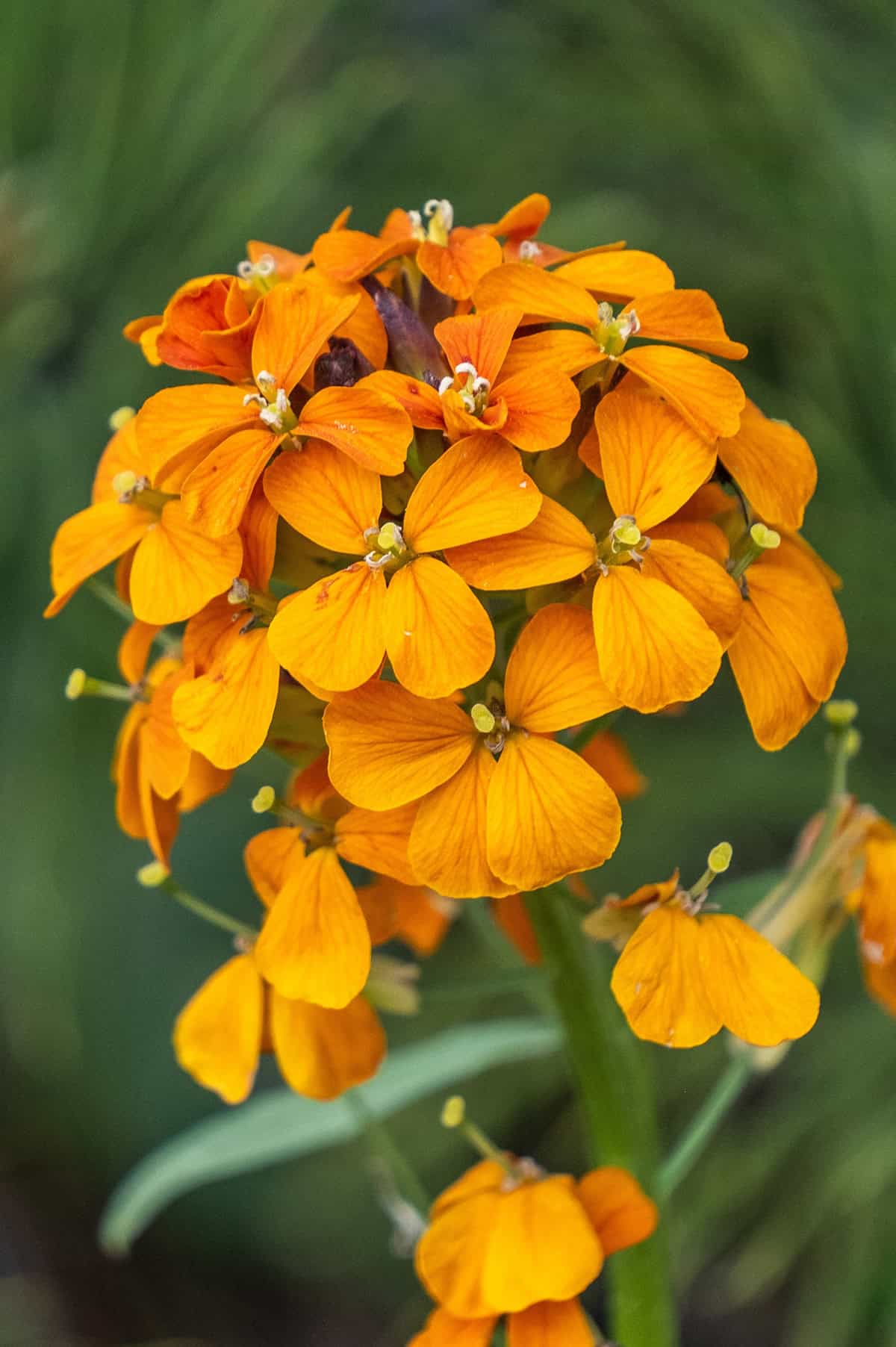
Wallflowers offer clusters of scented flowers in yellow, orange, red, and purple. They like cool weather and can really light up a border.
Full sun and drainage are key. They’re sometimes perennial, but most people treat them as annuals.
Mix them with tulips or other bulbs for a layered look. Pick off spent flowers to keep them going.
Larkspur
Larkspur shoots up tall spires of blue, purple, pink, or white blooms, adding a vertical lift to gardens.
Cool temps and sun suit them best. Wet feet are a no-go; they need drainage.
Easy from seed—sow in fall if you want winter and early spring color in mild areas.
Foxgloves
Foxgloves put out tall spikes of tubular flowers, drawing in bees and hummingbirds. Shades range from pink and purple to white and yellow.
They like partial shade and moist, well-drained soil. Most are biennial, so you get leaves the first year, flowers the next.
Fall sowing means earlier blooms if winters are mild. Worth noting: all parts are toxic, so handle with care.
Sweet Peas
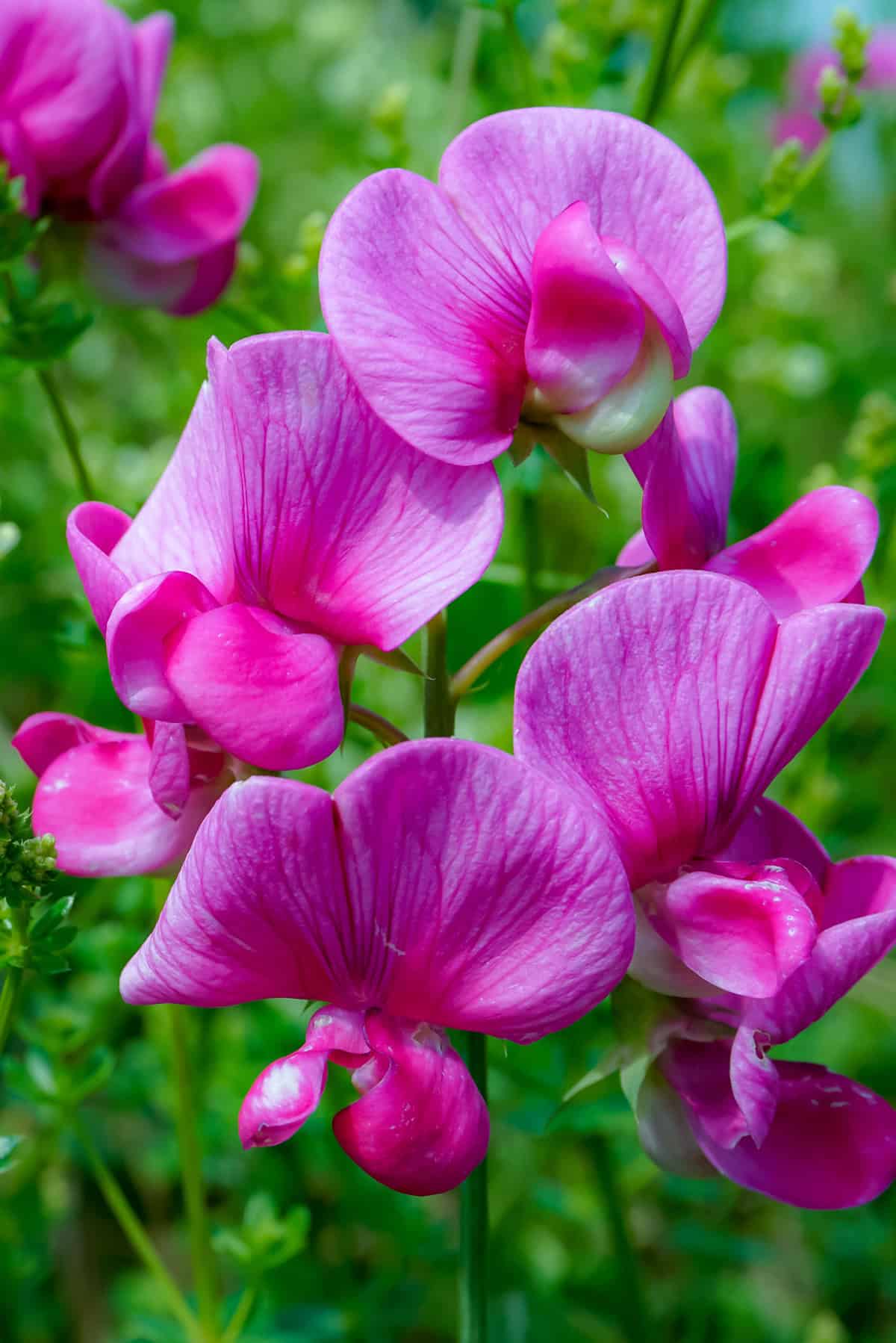
Sweet peas are climbers with a scent that’s hard to beat. Blooms come in pinks, purples, reds, and whites—perfect for cooler months.
Give them something to climb, like a trellis. Rich, well-drained soil in full sun is best.
Cut flowers often to keep more coming. They’re a classic for bouquets and just for enjoying outside.
Anemones
Anemones throw out bright, cup-shaped flowers in red, blue, pink, and white—usually late winter into early spring.
Start from tubers, planted in fall. They like sun or part shade and soil that drains well.
Great in borders or pots, and they’ll often come back stronger each year.
Ranunculus
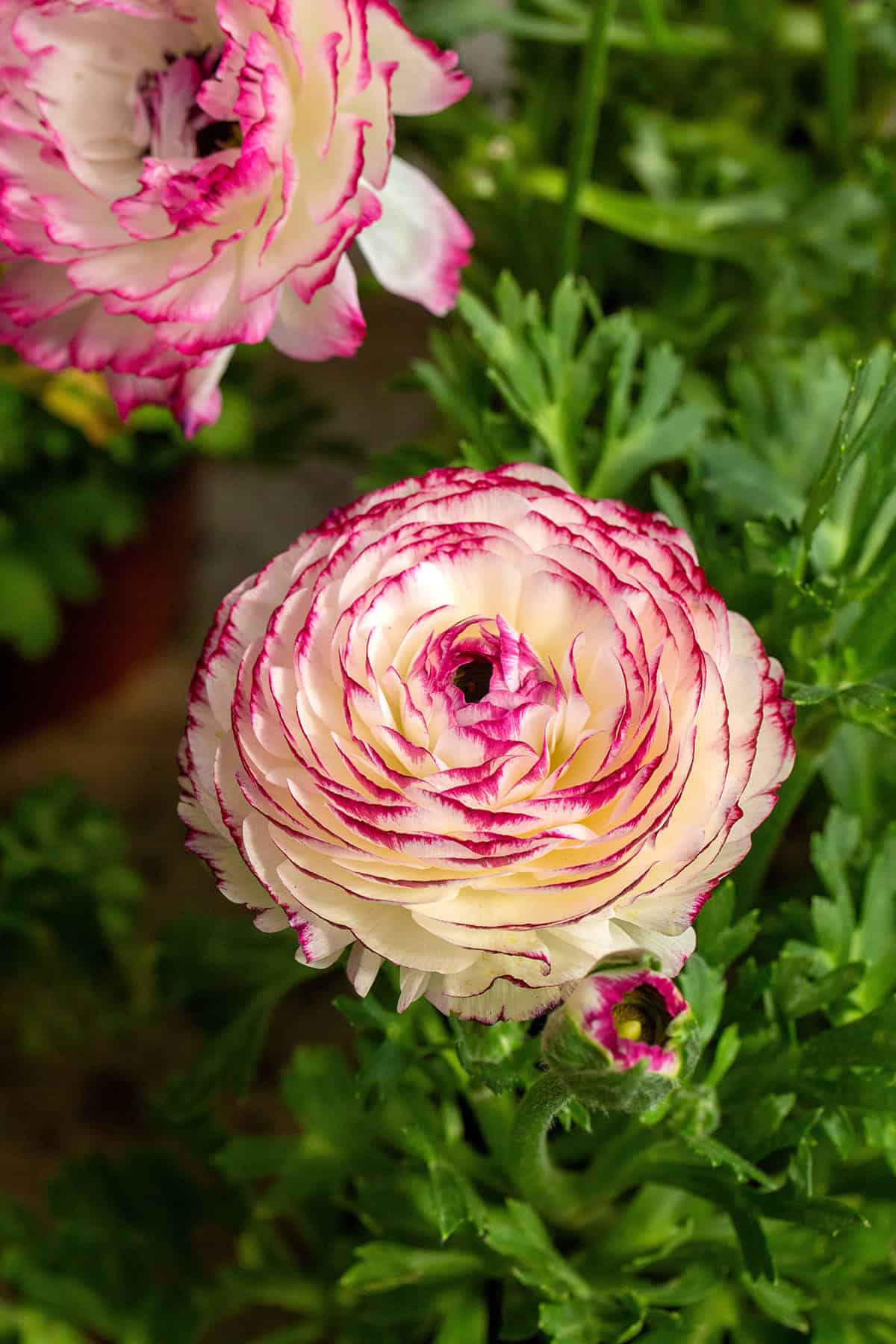
Ranunculus has layers of petals like a mini rose, in colors from red and yellow to pink and white.
Plant the tuberous roots in fall for winter and spring flowers if you’re in a mild zone. Full sun and fertile soil help them thrive.
They’re top-notch as cut flowers, lasting over a week in a vase.
Tulip Bulbs
Tulips are the ultimate spring wake-up call, but you need to plant the bulbs in fall so they can settle in through winter.
From simple cups to wild fringed forms, the color choices are endless. Plant in groups for the best display.
They want sun and soil that drains well. Let the leaves die back naturally—don’t rush it—so the bulbs recharge.
Daffodil Bulbs
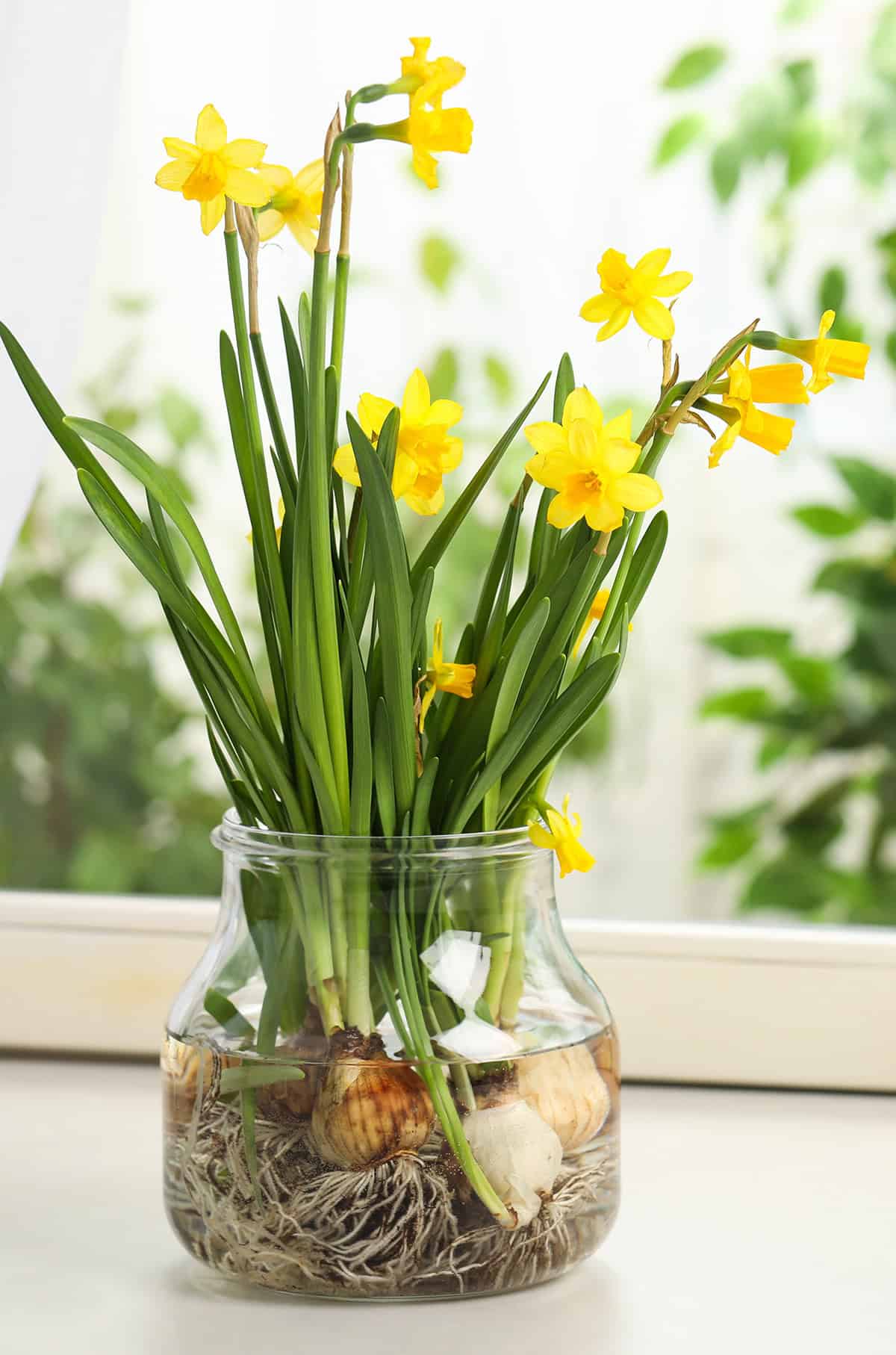
Daffodils are about as foolproof as bulbs get. Trumpet-shaped blooms in yellow, white, or bicolors pop up in late winter or early spring.
Plant in fall, give them sun or light shade, and they’ll return year after year. They’re also pretty pest-proof.
Mass them together for a natural, cheerful look.
Hyacinth Bulbs
Hyacinths are famous for their scent and dense flower spikes. Blue, pink, purple, white, yellow—you’ll find them all.
Plant bulbs in fall in well-drained spots with sun. They’re also easy to force indoors if you want that fragrance inside.
Blooms come early in spring and are a favorite for both gardens and windowsills.
Crocus Bulbs
Crocuses are some of the first to bloom—sometimes even peeking through snow. Purple, yellow, or white cups brighten up lawns and borders.
They’re easy to naturalize. Plant bulbs in fall, about three inches deep. Sun is best, but they’ll manage with a bit of shade.
Early pollinators love them, and honestly, so do most gardeners.
Snowdrops
Small white flowers dangle like tiny bells, sometimes pushing right up through patches of snow. It’s a brave sight in late winter.
Bury the bulbs in fall—moist, well-drained soil is best. Partial shade works, though if your climate stays cool, a bit of sun won’t hurt.
They’ll take their time, spreading out into bigger clumps over the years. That first pop of blooms? Always feels like spring’s just around the corner.
